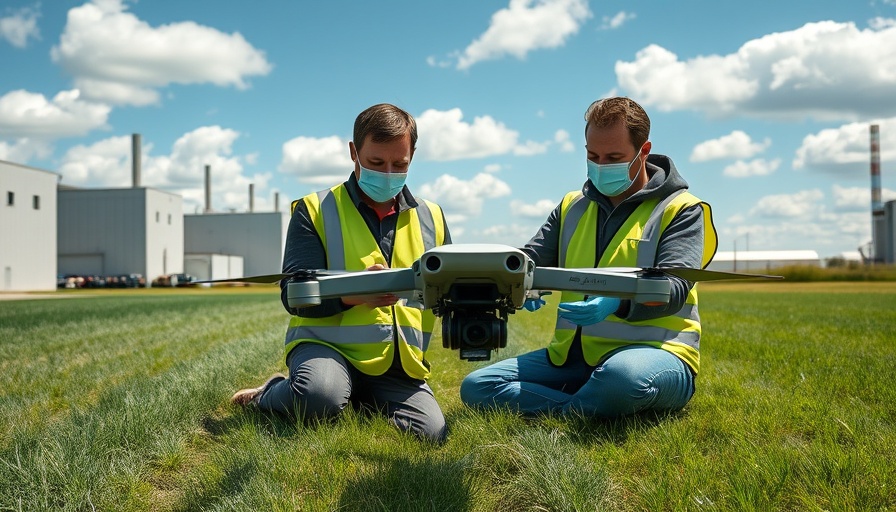
WarrenUAS Leads in Drone Education at CUAV Expo 2025
WarrenUAS, an innovative drone education program offered through Warren Community College in Washington Township, New Jersey, is taking major strides in training the next generation of drone professionals. With its participation at the upcoming Commercial UAV Expo in Las Vegas on September 2-4, the program aims to showcase its cutting-edge curriculum and technological advancements. Staff members will engage with attendees at Booth #249, providing insights into the evolving landscape of drone technology.
Why Drone Education Matters
As drones are increasingly transforming industries such as agriculture, construction, and logistics, the demand for skilled professionals is skyrocketing. Will Austin, the president of Warren County Community College, emphasizes the relevance of their offerings, noting that whether you are an aspiring drone operator or a seasoned technology veteran, WarrenUAS provides something of value. The program is designed to cater to diverse interests, ensuring that everyone from hobbyists to professionals can benefit.
Expanding Offerings: The Role of Precision Agriculture and Counter UAS
WarrenUAS has emerged as one of the leading drone education programs in the United States. With recent expansions that focus on precision agriculture and counter drone (Counter UAS) training, the program aims to prepare students to operate in an increasingly complex and regulated industry. Austin highlights the program's commitment to employing state-of-the-art equipment and expert faculty, enhancing the educational experience for every student. These new offerings not only equip students with technical skills but also prepare them to tackle the future of drone technology responsibly and ethically.
The Future of Commercial Drones
According to Peter Miller, chief pilot at WarrenUAS, the upcoming expo represents a crucial opportunity for networking and gaining insights into the future of commercial UAS applications. Major industry players and stakeholders converge at the Commercial UAV Expo, providing an invaluable chance for educators and students alike to understand emerging trends and technological shifts. As the industry grows, events like these become essential for building connections and staying informed.
How WarrenUAS Stands Out
One of the key distinctions of WarrenUAS is its unique Federal Aviation Administration (FAA) exemption that allows the program to train students on unmanned aircraft systems over 55 pounds and undertake beyond-visual-line-of-sight (BVLOS) operations. This credential positions WarrenUAS among a select group of institutions nationwide, ensuring that students receive comprehensive training compliant with federal regulations.
Join the Drone Revolution
The educational initiatives at WarrenUAS are not just about flying drones; they represent a shift in how future generations will understand technology's role in various sectors. As drones facilitate new efficiencies, WarrenUAS is committed to enhancing societal applications through responsible training and innovation. For those interested in joining this exciting field, attending the CUAV Expo will provide a first-hand look at cutting-edge technology and its diverse applications.
To learn more about WarrenUAS and their programs, visit [WarrenUAS Website]. Be sure to register for the Commercial UAV Expo and stop by Booth #249 to explore the future of drone education.
 Add Row
Add Row  Add
Add 




Write A Comment